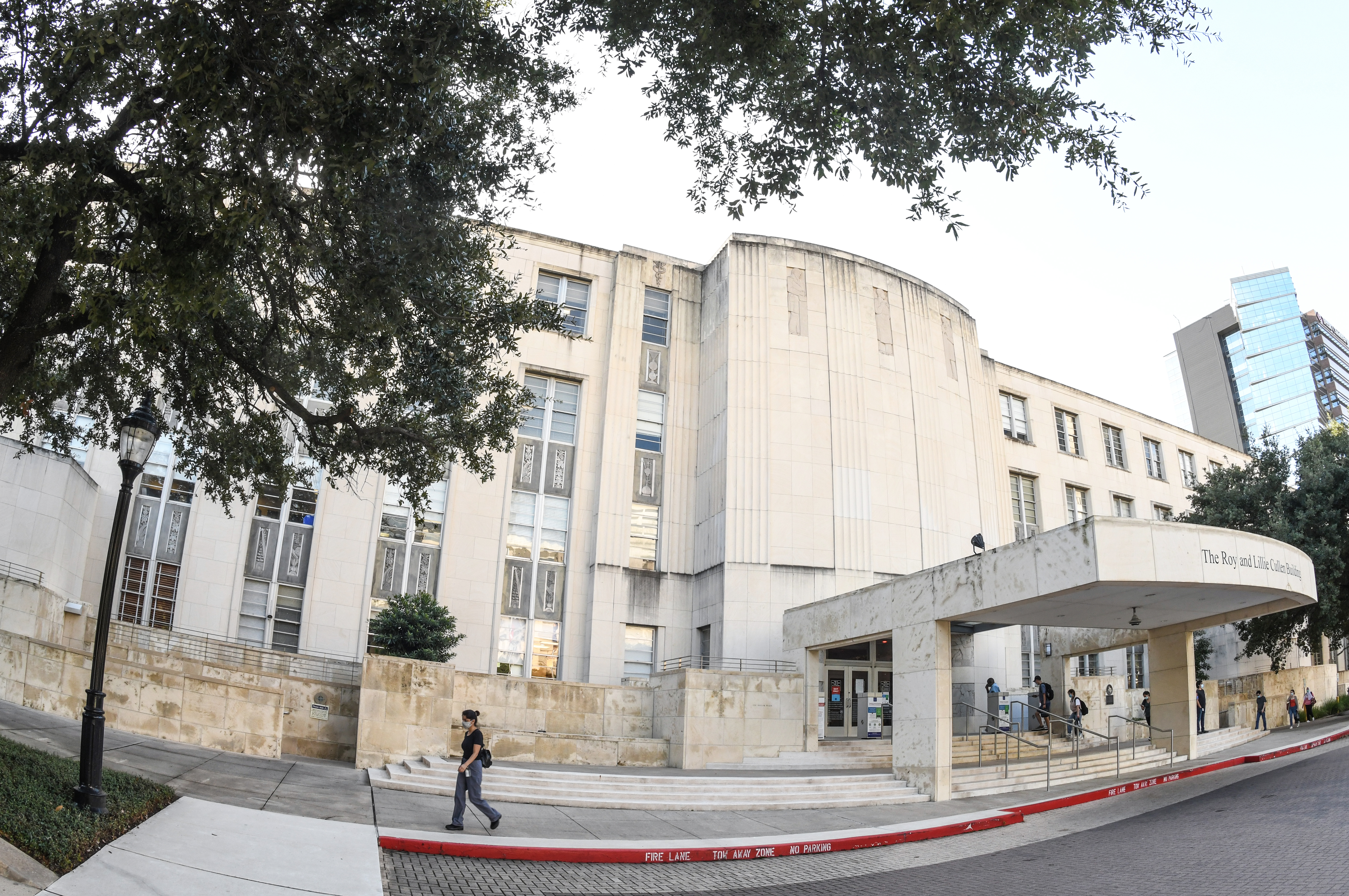The Australasian College for Emergency Medicine (ACEM; the College) is calling for parties contesting the Tasmanian election to provide genuine vision, plans and system-wide solutions to fix the state’s broken healthcare system.
ACEM Tasmania Faculty Chair Dr Juan Carlos Ascencio-Lane said after a year of contending with COVID-19, the state is now facing a pandemic of ambulance ramping*, emergency department (ED) crowding, and bottle necks for patients requiring admission to hospital inpatient beds from the ED (access block#).
“These life-threatening systemic problems, which manifest in the ED because of long-term under resourcing across the health system, must be urgently addressed by those seeking to lead the state after the May 1 election. The system must be fixed,” said Dr Ascencio-Lane.
In Tasmania in the past 10 years, the amount of people coming to EDs needing hospital admission for further care has increased by 75%. Meanwhile, the number of beds has only risen by 17%. This causes delays for the sickest and most injured patients needing admission, overcrowding and longer ED waits for all patients.
These problems are worse in Tasmania than other states. It is unacceptably common for patients to spend more than 12 hours, 24 hours, even days in the state’s EDs waiting for an inpatient bed to become available so that they can be transferred to the next stage of their care. This is particularly so for people needing mental health care.
Somebody presenting to an ED experiencing access block is 10% more likely to die within the next seven days than somebody presenting to an ED that is not experiencing access block.
“So far in this election campaign we have seen significant healthcare infrastructure announcements which, on face value, are welcome. However, new and existing facilities need to be staffed. The plans we have seen to date will not address Tasmania’s healthcare workforce crisis,” said Dr Ascencio-Lane.
“There has also been a big focus on reducing elective surgery waiting times. While this is important, what is more important is making sure there is a whole-of-system approach that addresses both elective and acute patient flows.
“The parties’ healthcare policies need to take the whole system into account. Too many short-term band-aids have been applied without long-term goals. Frontline healthcare workers are sick of stop-gap solutions, which might make for a good headline, but which don’t fix the systemic issues.
ACEM President Dr John Bonning said the issues that have plagued Tasmania’s healthcare system should no longer be acceptable.
“Tasmania’s healthcare system has lagged behind the rest of Australia for too long. That needs to change, because Tasmanians deserve better,” said Dr Bonning.
“These problems can be fixed, but they need vision and big commitments from the politicians who want to lead the state.
“Resourcing is one component, but this needs to include genuine workforce solutions and commitments to systemic improvements.
“We want parties to commit to opening another 100 general medical beds within the next year,
and a total of 300 by 2024. It is critical that these beds are staffed and resourced to remain open.
“We also cannot accept a commitment for additional beds without a genuine undertaking to lift system performance. At the barest minimum any would-be government must commit to targets to reduce ramping, overcrowding and access block to meet national benchmarks.
“There can be no more excuses and no more blaming access block on ‘GP-type patients’. They are absolutely not the cause of these issues, because they don’t require admission to hospital. Yes, improving primary health services in the community is needed and welcome, but it alone will not fix the system’s problems.
“To achieve genuine improvement, the focus of all parties contesting this election must be on the entire system. This is a matter of life and death, and Tasmanians cannot afford to wait any longer.”
Background:
*Ambulance ramping occurs when a lack of physical space in an ED means patients in an ambulance are unable to enter for further treatment and instead remain outside with a paramedic crew.
Not only does ramping delay a patient from entering an ED to receive further medical care, but it also means ambulances and their crews are tied up at the hospital, unable to respond to further calls for help in the community. Ramping is a symptom of ‘access block’, where EDs become overcrowded due to a combination of systemic, capacity and resourcing issues in the hospital, leading to delays in admitting seriously sick or injured patients to inpatient beds for further care.
#Access block is where patients who require admission to an inpatient bed for ongoing care are delayed in an ED for longer than eight hours post arrival.
ACEM is the peak body for emergency medicine in Australia and New Zealand, responsible for training emergency physicians and advancement of professional standards. www.acem.org.au







